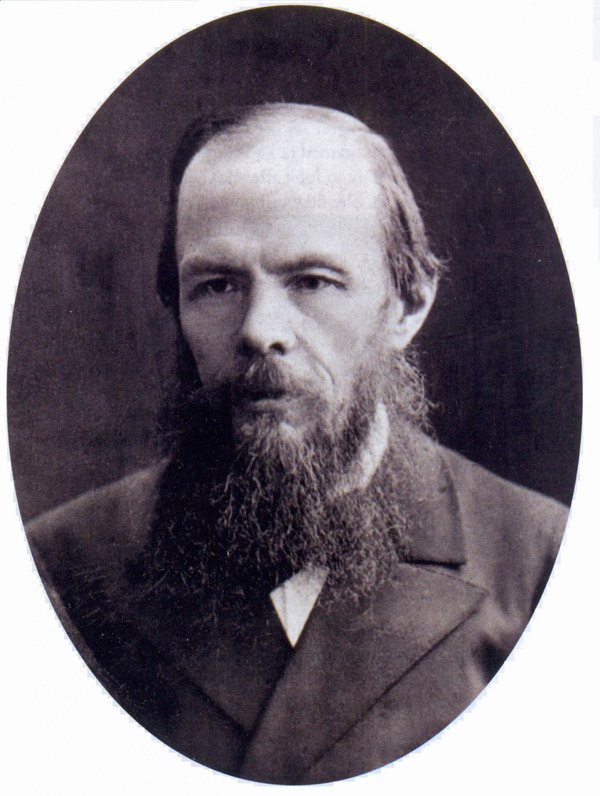Polyphon is a device for reproducing music. The item from the museum’s collection was manufactured in Germany and has a complicated structure. The case houses a sound mechanism: a steel comb with tuned teeth, a plucking mechanism, and ten metal disks containing songs, operetta verses, and other light music. The museum’s polyphon also has a compartment for storing discs and a coin slot. The case is lined with fine wood and is decorated with carvings. The disk is covered with a glass lid when played.
Polyphons came in different sizes: they could look like big cupboards or small, elegant boxes. According to some sources, Queen Victoria had an unusual music box that played “God Save the Queen” when seated upon.
Polyphons were produced in Germany, France, and Switzerland. In the early 1830s, the organ builder Pavel Brugger and his associate Georg Furtwängler opened a firm that produced music devices in Moscow. The items manufactured by the Brugger and Furtwängler trading house soon achieved general recognition and participated in numerous Russian exhibitions of industry and art of the 19th century.
Russian polyphons were often called tavern music boxes because shrewd tavern owners placed them in the main room to entertain the public and earn money: for five copecks one could listen to some sentimental song. It is worth mentioning that the amount was quite considerable at the time given that one copeck could buy two pounds of meat.
Polyphons came in different sizes: they could look like big cupboards or small, elegant boxes. According to some sources, Queen Victoria had an unusual music box that played “God Save the Queen” when seated upon.
Polyphons were produced in Germany, France, and Switzerland. In the early 1830s, the organ builder Pavel Brugger and his associate Georg Furtwängler opened a firm that produced music devices in Moscow. The items manufactured by the Brugger and Furtwängler trading house soon achieved general recognition and participated in numerous Russian exhibitions of industry and art of the 19th century.
Russian polyphons were often called tavern music boxes because shrewd tavern owners placed them in the main room to entertain the public and earn money: for five copecks one could listen to some sentimental song. It is worth mentioning that the amount was quite considerable at the time given that one copeck could buy two pounds of meat.






